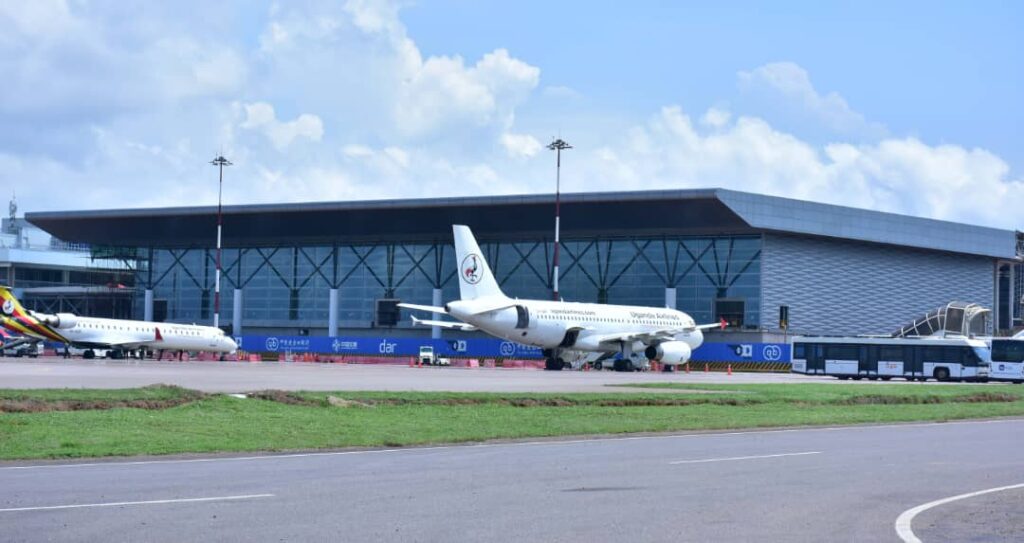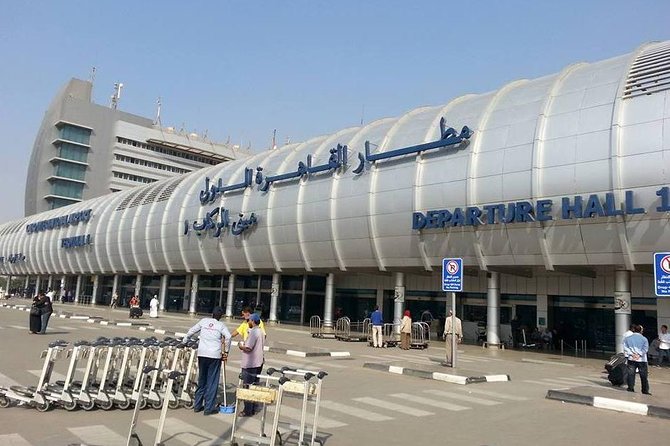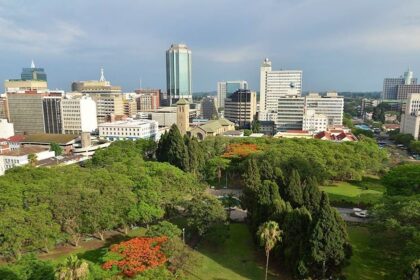At a Glance
- Cairo, Johannesburg, and Addis Ababa remain Africa’s top airports by outbound seat volume.
- Rising tourism, airline expansion, and infrastructure upgrades fuel Africa’s aviation growth.
- Emerging hubs in Lagos, Casablanca, and Nairobi boost continental air connectivity and traffic.
Africa’s aviation landscape is soaring as outbound travel rises across the continent. Data for October 2025 shows Cairo, Johannesburg, and Addis Ababa leading Africa’s busiest airports by seat capacity.
Emerging hubs in Lagos, Casablanca, and Marrakech are expanding rapidly, fueled by tourism, airline growth, and infrastructure investment.
With outbound seats up across major cities, Africa’s airports are not just gateways—they are engines of economic activity, connecting the continent to Europe, Asia, and North America.
Further down the list, a mix of annual passenger volumes underscores major regional hubs, from Tunis and Abuja to Mauritius, Ghana, Uganda, Angola, and Tanzania, highlighting the breadth of Africa’s aviation footprint across tourism islands, inland capitals, and oil-exporting economies.
The data points to a continent in flight, literally. Africa’s aviation recovery and expansion continue to outpace expectations, fueled by rising middle-class and diaspora travel, tourism-led development from Cape Town to Marrakech, carrier expansion from Ethiopian Airlines, EgyptAir, Royal Air Maroc, and emerging African carriers, infrastructure investment in key hubs from Addis to Lagos.
Yet challenges persist, currency pressures, regulatory hurdles, and fuel costs remain headwinds. Still, the trajectory is clear: African skies are busier, more competitive, and increasingly global.
As airlines rebuild and governments double down on aviation as an economic lever, Africa’s airports are not merely gateways, they are engines of connectivity, commerce, and continental ambition.
1. Cairo International Airport, Egypt – 1,636,977 outbound seats
Cairo retains its crown as Africa’s busiest airport by outbound seats. Powered by EgyptAir’s expanding international network and new long-haul frequencies into Europe, Asia, and North America, Cairo continues to serve as the continent’s northern aviation nerve center. Its diversified traffic base—from tourism and business to transit—positions it as a key bridge between Africa and the global north.
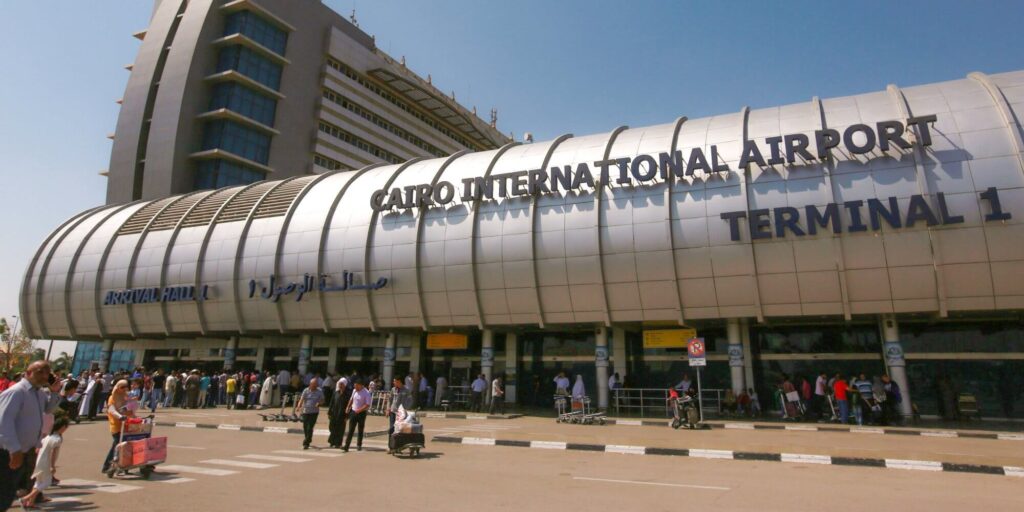
2. O.R. Tambo International Airport, South Africa – 1,160,252 outbound seats
Johannesburg remains southern Africa’s principal aviation hub, supported by strong business travel, mining-sector connectivity, and South African Airways’ network recovery. Despite lingering economic headwinds, O.R. Tambo is holding its place as the region’s gateway to the world, buoyed by renewed direct services to the U.S., U.K., and Middle East.

3. Addis Ababa Bole International Airport, Ethiopia – 1,148,241 outbound seats
Addis Ababa continues its rapid ascent, recording annual outbound seat growth of 8.5 percent. Driven by Ethiopian Airlines’ aggressive expansion, particularly across Asia and Latin America, the airport is solidifying its role as Africa’s premier transit hub. With a new passenger terminal and fleet orders in motion, Addis Bole remains one of the continent’s most ambitious aviation platforms.
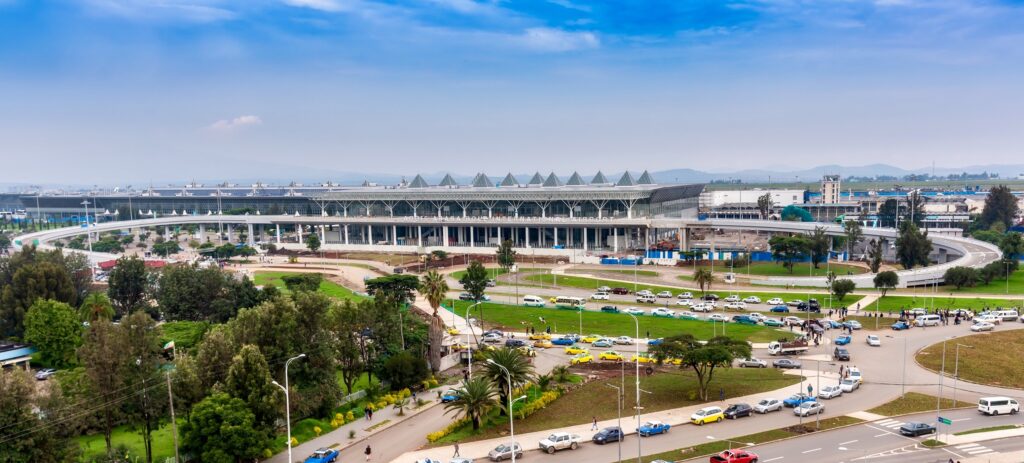
4. Mohammed V International Airport, Morocco – 642,440 outbound seats
Casablanca’s growth story keeps accelerating, with outbound capacity up 12.3 percent compared to October 2024. Morocco’s push into tourism and global trade, combined with Royal Air Maroc’s expanding network, continues to strengthen the airport’s footprint as a bridge to Europe and North America.
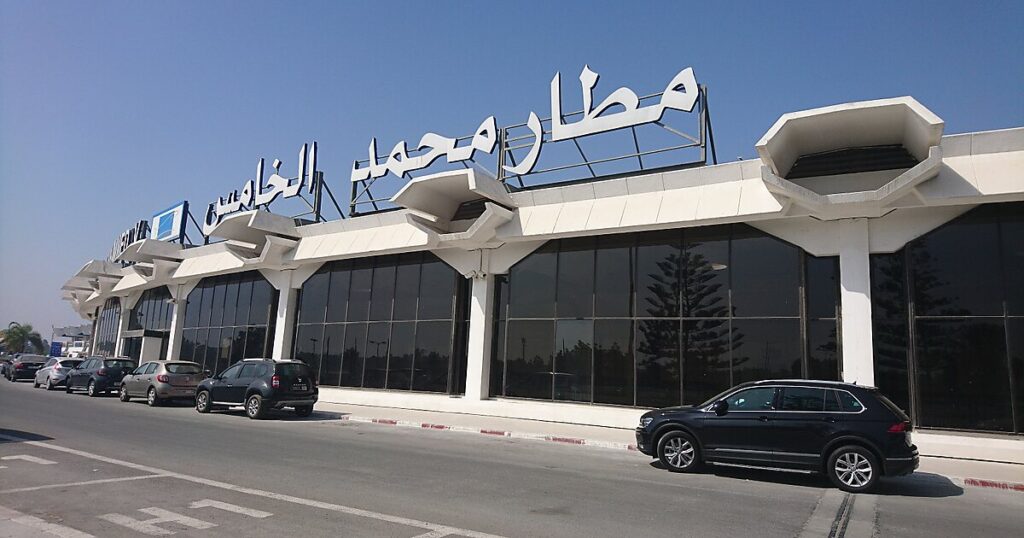
5. Cape Town International Airport, South Africa – 594,489 outbound seats
Cape Town’s tourism-driven resurgence remains one of Africa’s strongest aviation narratives. With steady increases in leisure travel, business tourism, and seasonal international flights, the Western Cape hub is cementing its place as southern Africa’s second global entry point.
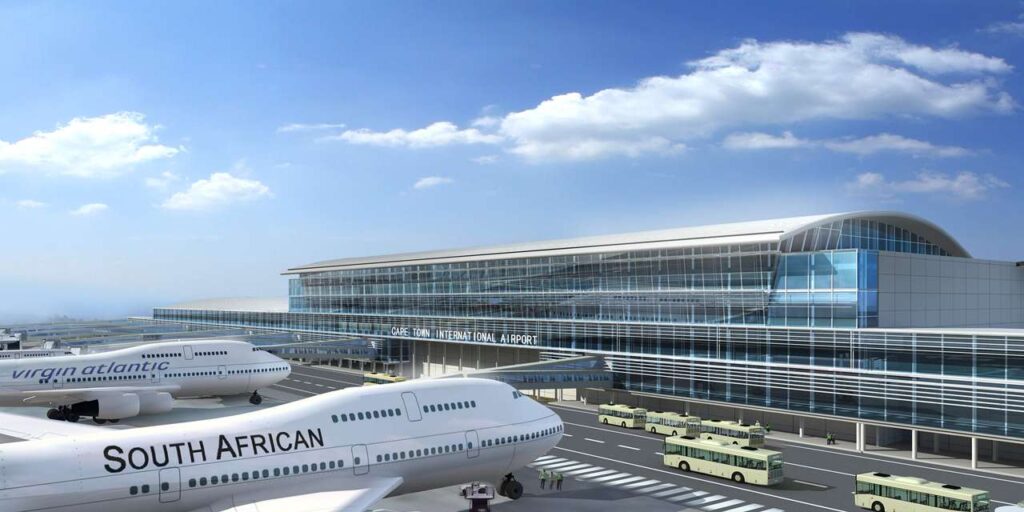
6. Marrakech Menara International Airport, Morocco – 556,849 outbound seats
Marrakech continues to thrive as one of Africa’s most magnetic leisure destinations. With outbound seats rising 15.9 percent year-on-year, the Menara hub is strengthening its position in the global tourism circuit, benefitting from new European carrier partnerships and Morocco’s continued push to attract long-haul luxury travel.

7. Houari Boumediene International Airport, Algeria – 538,071 outbound seats
Algiers posted one of the fastest regional growth rates at 16.5%, reflecting Algeria’s deepening economic ties with Europe and the Middle East. As the country prioritizes connectivity and transit development, the airport is emerging as a competitive North African aviation node.
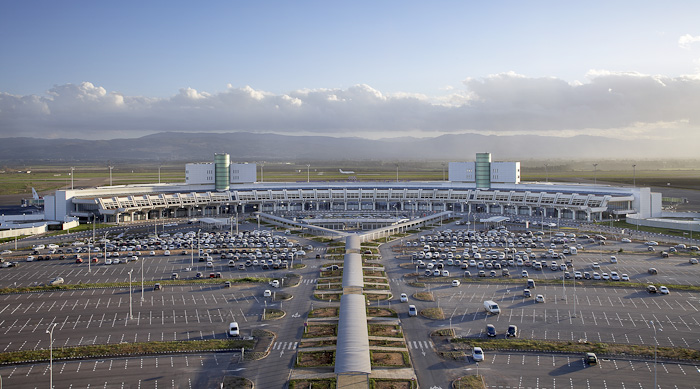
8. Jomo Kenyatta International Airport, Kenya – 491,835 outbound seats
Nairobi, East Africa’s corporate and diplomatic capital, saw outbound volumes soften slightly, down 0.1 percent. While stable, the slowdown reflects currency challenges and shifting airline capacity. Still, Jomo Kenyatta remains a key access point for humanitarian, business, and tourism travel into the region.
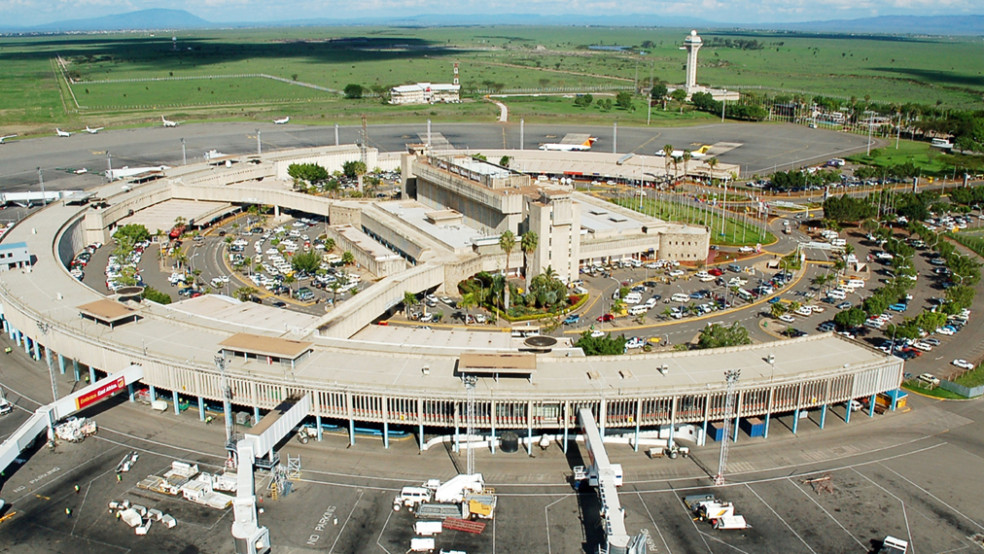
9. Hurghada International Airport, Egypt – 469,097 outbound seats
Hurghada’s steady 1.9 percent increase underscores Egypt’s robust Red Sea tourism boom. Charter carriers and holiday operators continue fueling demand, making Hurghada one of Africa’s strongest pure-tourism aviation markets.
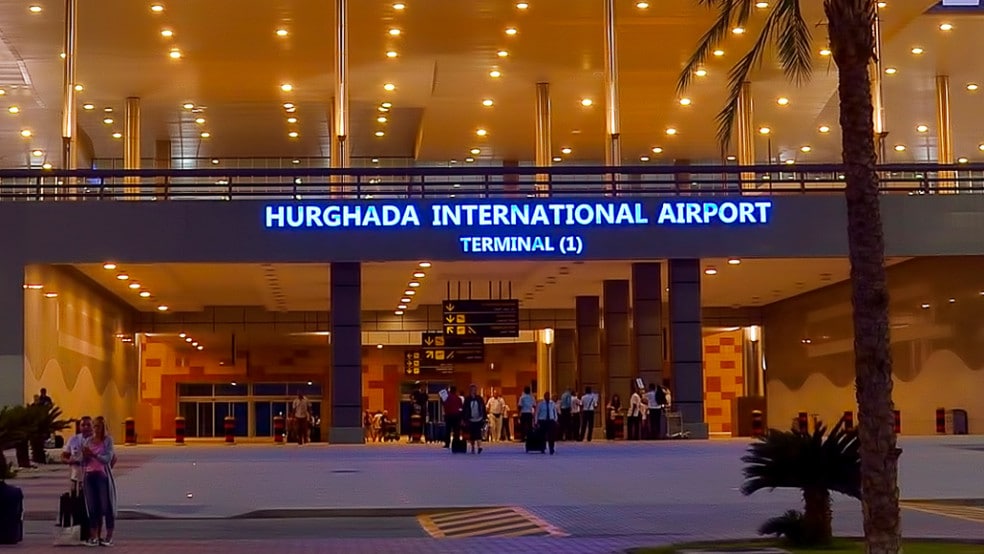
10. Murtala Muhammed International Airport, Nigeria – 409,005 outbound seats
Lagos recorded a 10.8 percent jump in outbound seats, an inflection point for West Africa’s largest economy. Airline expansions, diaspora traffic, and renewed investment interest are bolstering Nigeria’s flagship gateway as carriers reposition for scale in a market of 220 million people.
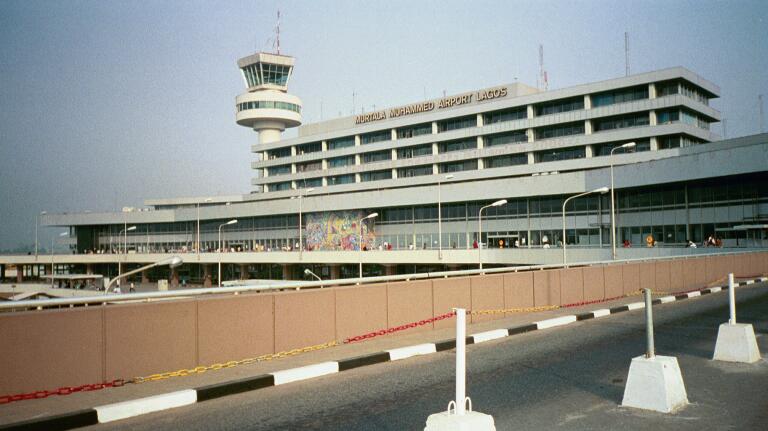
11. Tunis Carthage International Airport, Tunisia – 5.69 million passengers (annual)
Tunis remains a critical Mediterranean hub, supported by tourism, government traffic, and strong regional connectivity. With North Africa’s aviation competition intensifying, Tunis is quietly modernizing to retain its role as a bridge between Europe and the Maghreb.
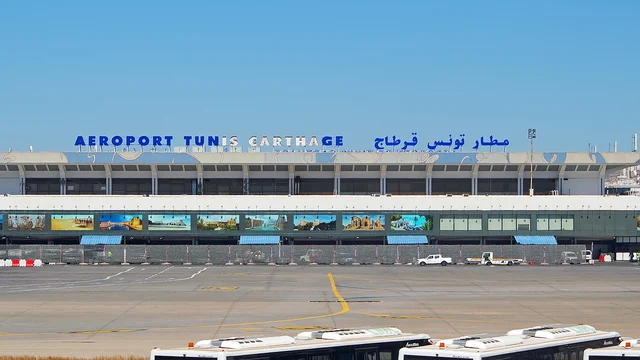
12. Nnamdi Azikiwe International Airport, Nigeria – 3.46 million passengers (annual)
Abuja, Nigeria’s capital airport, continues expanding its international footprint and corporate travel base. Government-related passenger movement and new diplomatic carrier entries reinforce its growing strategic role in West Africa’s aviation ecosystem.

13. Sir Seewoosagur Ramgoolam International Airport, Mauritius – 3.58 million passengers (annual)
Mauritius remains a top luxury-tourism aviation hub, driven by premium leisure travel and strong European traffic. As global tourism rebounds, Mauritius continues to unlock long-haul demand and strengthen its reputation as a premium island gateway.
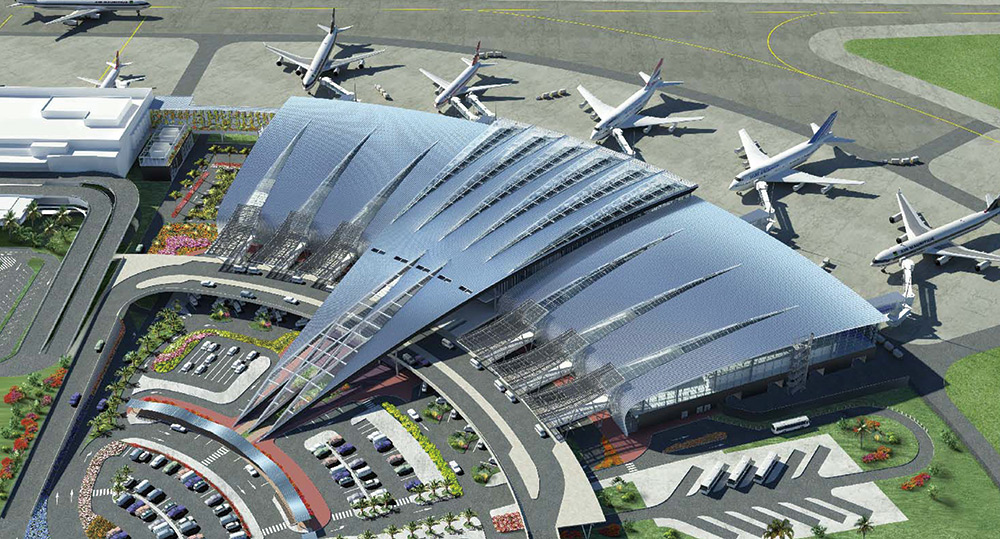
14. Monastir Habib Bourguiba Airport, Tunisia – 3.83 million passengers (annual)
Monastir thrives as a resort-focused airport, particularly for European holidaymakers. Charter flights and seasonal demand remain its engine, lifting it among North Africa’s high-volume leisure hubs.
15. Julius Nyerere International Airport, Tanzania – 2.49 million passengers (annual)
Dar es Salaam benefits from rising business travel, mining-sector connectivity, and Tanzania’s tourism push. New regional and long-haul capacity continues to support its emergence as a stronger East African player.

16. Kotoka International Airport, Ghana – 2.55 million passengers (annual)
Accra’s airport remains a stable West African hub supported by international finance, diaspora travel, and growing interest from Gulf and European carriers. Modernization efforts and regional airline partnerships are shaping its next growth phase.
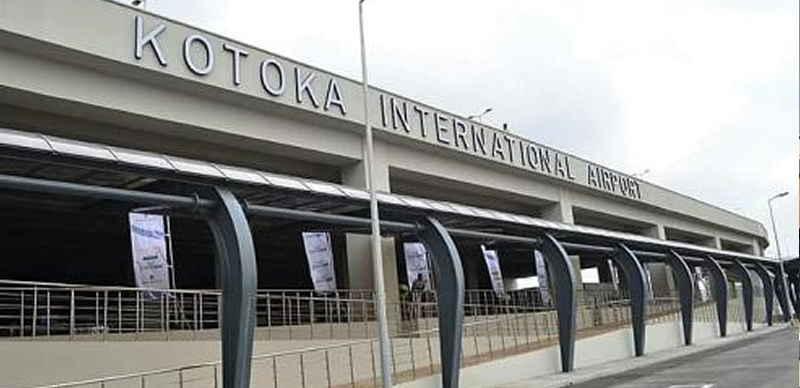
17. Sharm El Sheikh International Airport, Egypt – 2.50 million passengers (annual)
Sharm El Sheikh continues to thrive as a winter-sun and diving paradise, with steady leisure-driven traffic. Government tourism initiatives and diversified source markets keep the airport resilient.
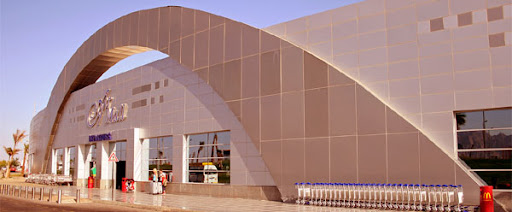
18. Quatro de Fevereiro Airport, Angola – 2.43 million passengers (annual)
Luanda’s traffic reflects Angola’s oil-driven economy and rising international corporate movement. As the country diversifies and modernizes aviation infrastructure, Luanda is positioning itself as a southern Atlantic gateway.
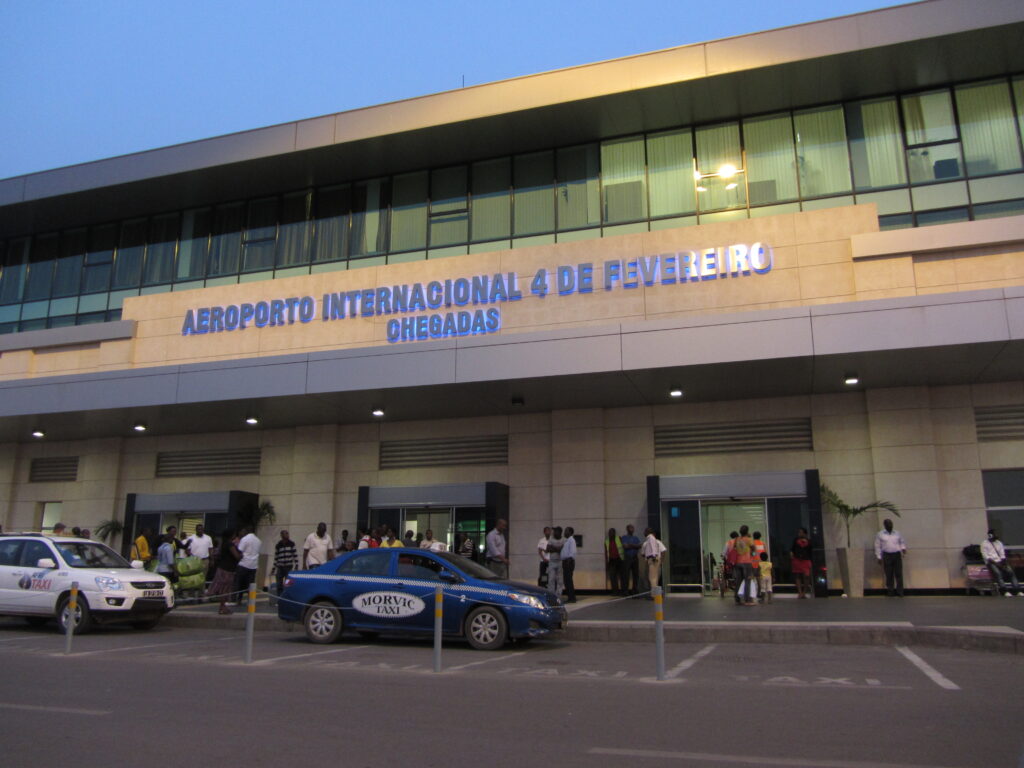
19. Roland Garros Airport, Réunion – 2.29 million passengers (annual)
Réunion Island’s main airport plays a niche yet strategic role, connecting the Indian Ocean region with Europe and key African destinations. Tourism and inter-island travel drive consistent performance.
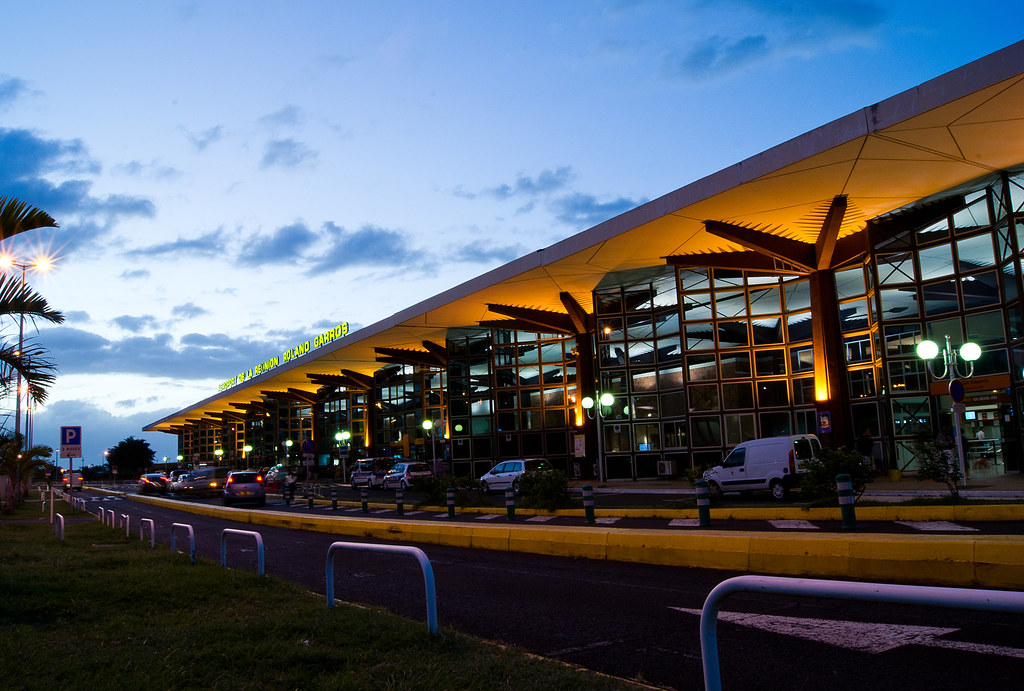
20. Entebbe International Airport, Uganda – 2.30 million passengers (annual)
Entebbe continues to benefit from Uganda’s tourism comeback, strengthened by business travel and East Africa’s growing aviation network. Its modernization program and new airline partnerships signal an airport preparing for a larger regional role.
